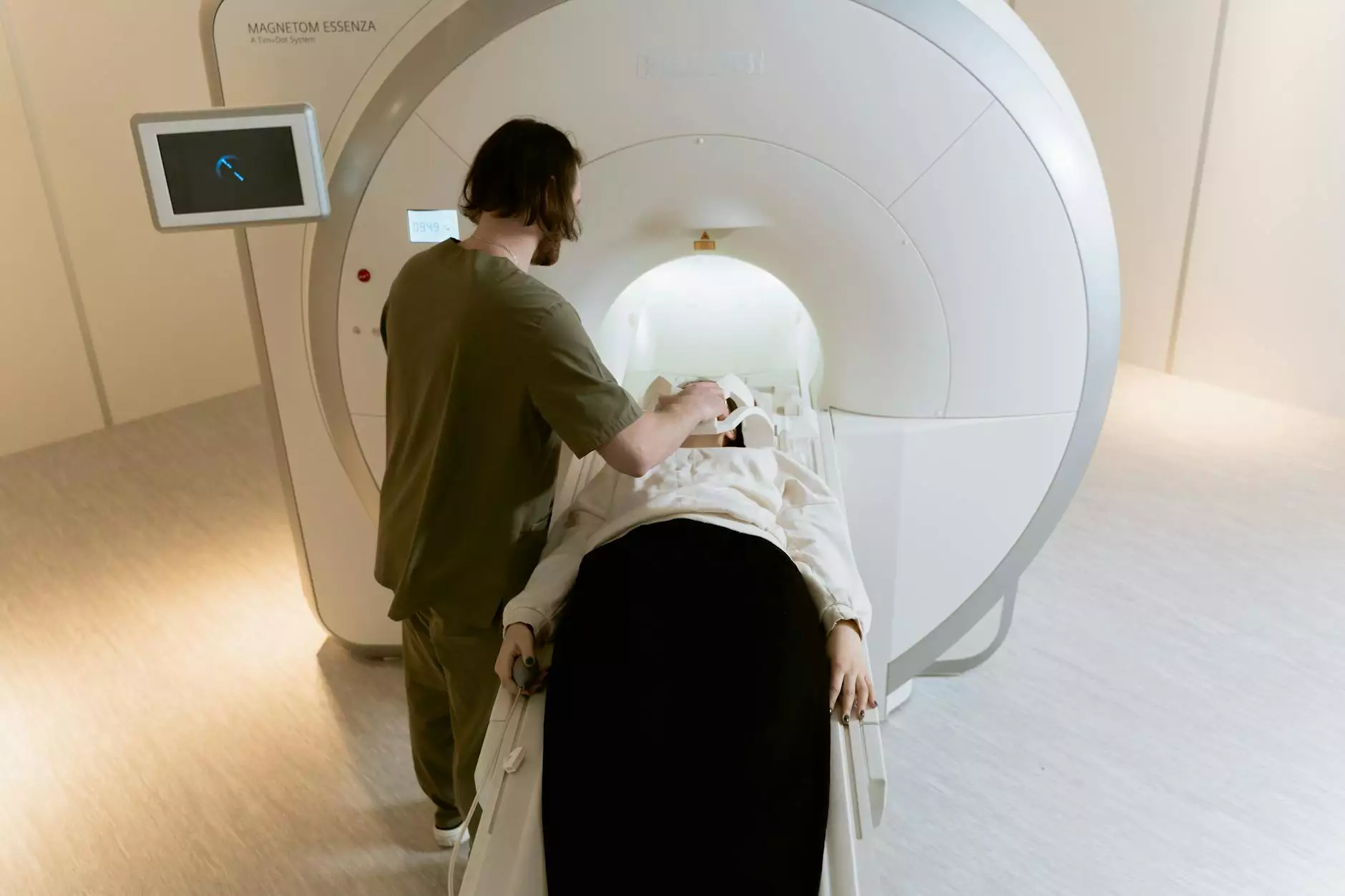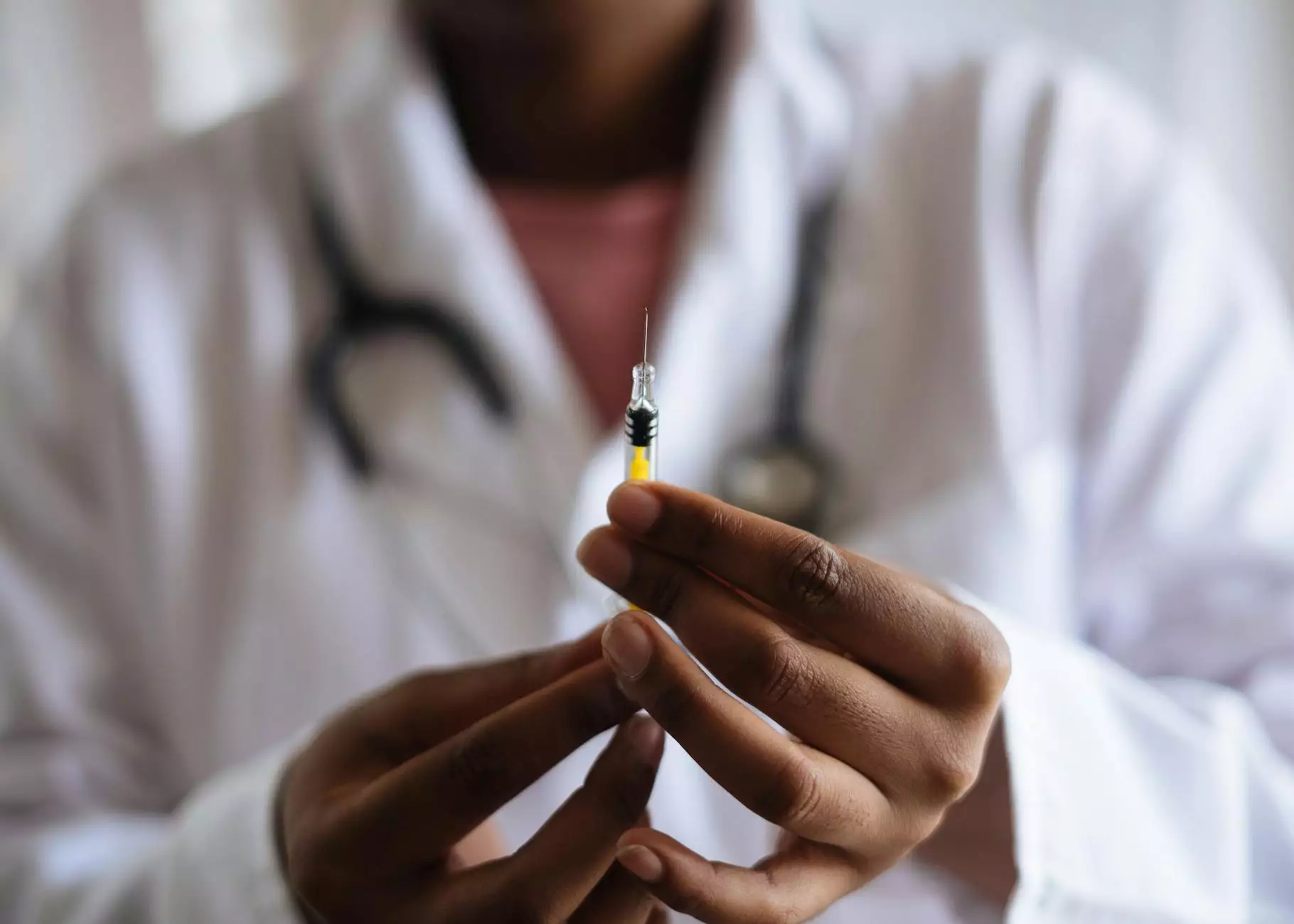Pin/Wire Classification and Treatment

Understanding Pin/Wire Classification
In the realm of medical procedures, pinning and wiring techniques play a crucial role in the management of fractures and injuries. Foley James D MD, a reputable healthcare provider in the field of orthopedics, specializes in pin/wire classification and treatment. This page aims to educate patients about the process and the various classifications involved.
The Importance of Pin/Wire Management
In order to restore stability to fractured bones or align bone fragments accurately, pinning and wiring techniques are employed. These methods allow healthcare practitioners like Foley James D MD to hold the bones in place, promoting healing and preventing further damage.
Types of Pin/Wire Classification
There are different classifications that determine the appropriate treatment approach for patients. Foley James D MD utilizes the following classifications:
1. External Fixation
This classification involves the use of pins and wires that are inserted externally to stabilize broken bones or help reconstruct damaged tissue. External fixation is commonly employed for complex fractures and severe cases where internal fixation may not be suitable.
2. Internal Fixation
Internal fixation refers to the placement of pins, screws, or wires into the bone, providing stability and support internally. Foley James D MD uses this classification when fractures require precise alignment and rigid fixation for proper healing.
3. Hybrid Fixation
Hybrid fixation combines elements of both external and internal techniques. This approach is utilized in cases where a combination of stabilization methods is necessary to address complex fractures and ensure optimal healing.
4. Circular Fixation
Circular fixation involves the use of circular external fixation frames and wires. This method allows healthcare professionals like Foley James D MD to apply controlled tension and compression to the fractured bones, aiding in the healing process.
Treatment of Pin/Wire Complications
While pinning and wiring techniques are generally safe and effective, complications can arise in certain cases. Foley James D MD emphasizes the importance of regular follow-ups and adherence to post-operative care instructions to minimize the risk of complications. In the event of complications, experienced medical professionals can provide the necessary treatments, including:
- Pin or wire repositioning
- Pin or wire exchange
- Pin or wire removal
Conclusion
Proper pin/wire classification and treatment are vital in the management of fractures and injuries. Foley James D MD possesses the expertise and knowledge required to deliver effective treatment options to patients. By understanding the different classifications and their applications, patients can make informed decisions about their healthcare journey. If you have any further questions or require personalized guidance, do not hesitate to reach out to Foley James D MD for comprehensive care and support.




